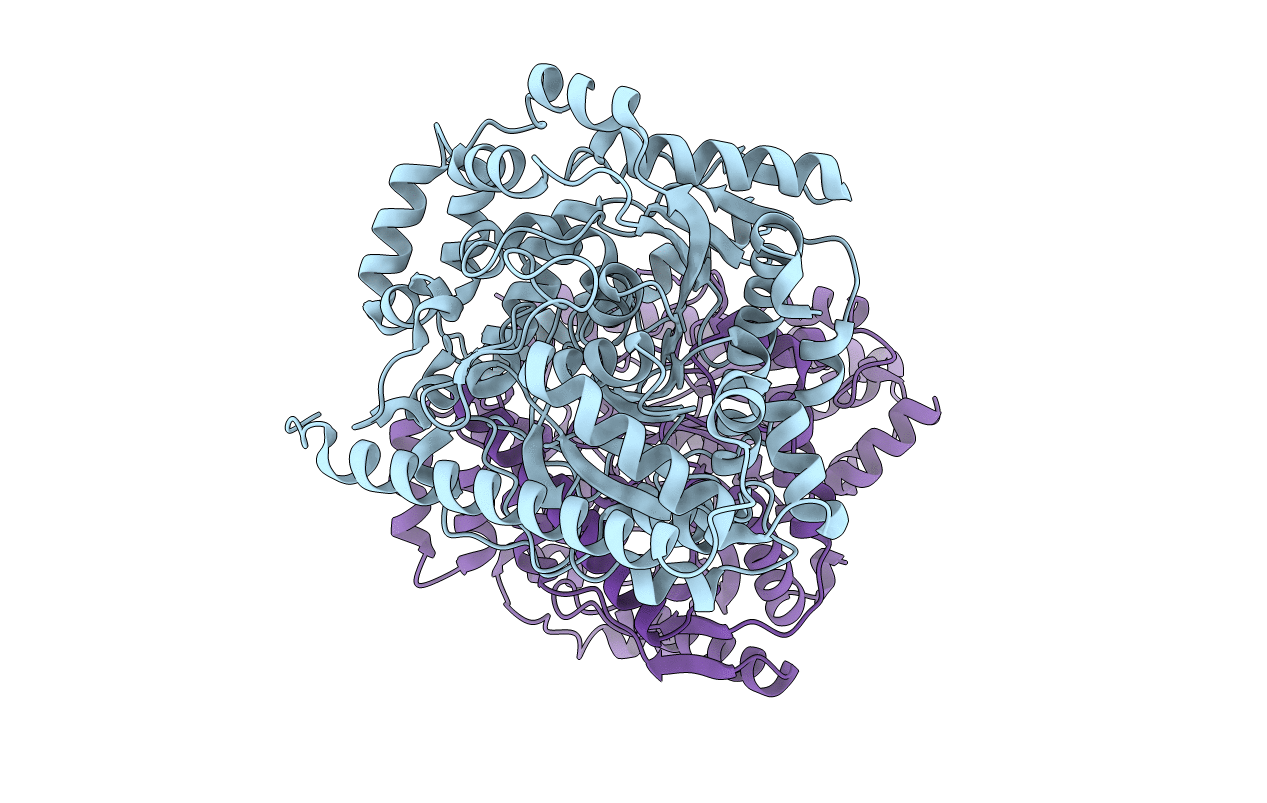
Deposition Date
2011-01-28
Release Date
2011-04-27
Last Version Date
2024-02-21
Method Details:
Experimental Method:
Resolution:
2.90 Å
R-Value Free:
0.26
R-Value Work:
0.21
R-Value Observed:
0.21
Space Group:
P 21 21 21


